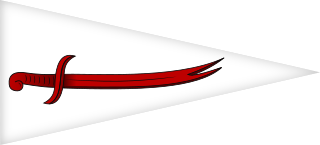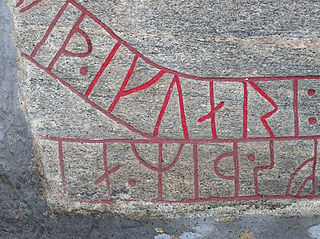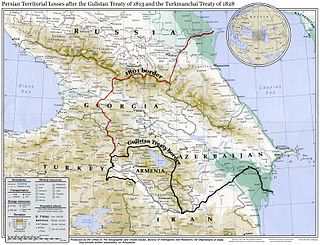 W
WPersia sustained maritime forces during Afsharid dynasty that were revived in 1734 by Nader Shah, with peak of its activity lasting more than a decade until Division of the Afsharid Empire.
 W
WThe Caspian expeditions of the Rus' were military raids undertaken by the Rus' between 864 and 1041 on the Caspian Sea shores, of what are nowadays Iran, Dagestan, and Azerbaijan. Initially, the Rus' appeared in Serkland in the 9th century traveling as merchants along the Volga trade route, selling furs, honey, and slaves. The first small-scale raids took place in the late 9th and early 10th century. The Rus' undertook the first large-scale expedition in 913; having arrived on 500 ships, they pillaged in the Gorgan region, in the territory of present-day Iran, and more to the west, in Gilan and Mazandaran, taking slaves and goods. On their return, the northern raiders were attacked and defeated by the Khazars in the Volga Delta, and those who escaped were killed by the local tribes on the middle Volga.
 W
WIngvar the Far-Travelled led a large Viking attack against Iran in 1036–1042.
 W
WHMS Kruger was the flagship of the British Caspian Flotilla during the Russian Civil War.
 W
WThe 1804–1813 Russo-Persian War was one of the many wars between the Persian Empire and Imperial Russia, and began like many of their wars as a territorial dispute. The new Persian king, Fath Ali Shah Qajar, wanted to consolidate the northernmost reaches of his kingdom—modern-day Georgia—which had been annexed by Tsar Paul I several years after the Russo-Persian War of 1796. Like his Persian counterpart, the Tsar Alexander I was also new to the throne and equally determined to control the disputed territories.
 W
WFedor Ivanovich Soimonov, Knight of the Order of St. Alexander Nevsky, was a nautical surveyor of the Imperial Russian Navy, hydrographer and pioneering explorer of the Caspian Sea who charted the until then little known body of water. Soimonov was an important contributor to the improvement of navigation along the Russian coasts. As a cartographer he also mapped new territories in Siberia and contributed to the development of farming in that region. As a military man he served in the Russian campaigns against Sweden and against the Safavid Empire and the Ottoman Turks
 W
WThe Treaty of Gulistan was a peace treaty concluded between the Russian Empire and Iran on 24 October 1813 in the village of Gulistan as a result of the first full-scale Russo-Persian War,. The peace negotiations were precipitated by the successful storming of Lankaran by General Pyotr Kotlyarevsky on 1 January 1813.